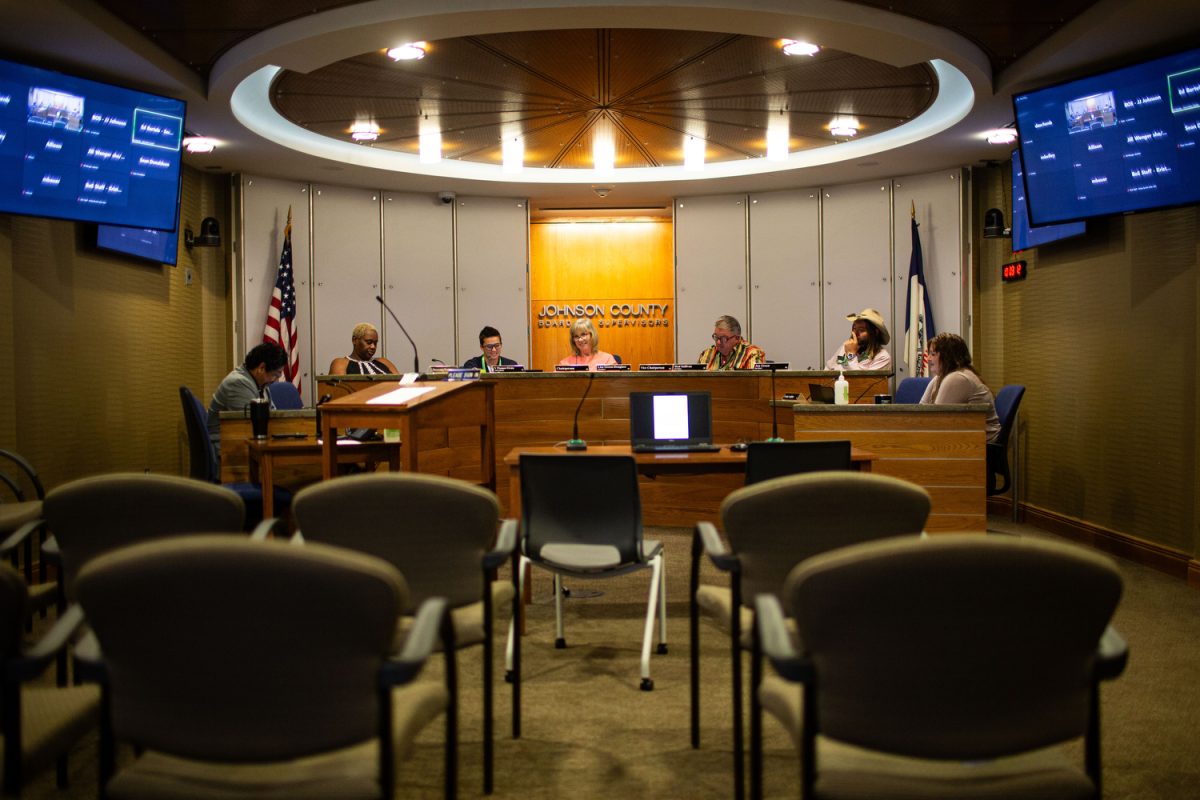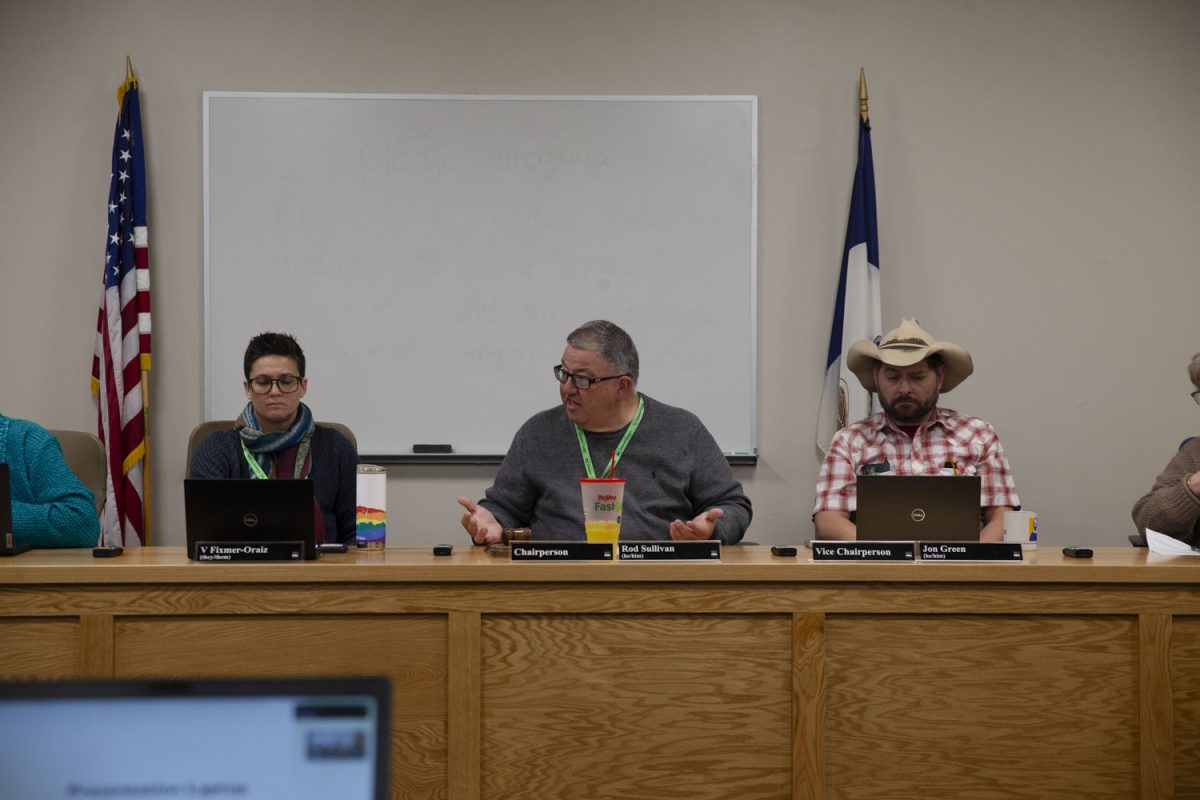More University of Iowa students are signing up for American Sign Language classes, mirroring a growing national interest in studying the language.
Since the UI’s program began in 1994, the number of faculty, classes, and students has steadibly increased. There are 288 students enrolled in American Sign Language courses this semester and 310 signed up for the spring, said Richard Hurtig, a UI professor of communication sciences and disorders.
Amy Ruth McGraw, a UI American Sign Language lecturer, noted that an increasing slate of courses also indicates the program’s growing popularity.
"It feels like we’ve really grown exponentially," she said. "I’ve been here since 2005, and it really feels like we offer many more courses than when I started."
Nationwide, more students are choosing sign language than ever before. According to a recent report by the Modern Language Association, American Sign Language programs saw a 16 percent increase in registration from 2006 to 2009, compared with a 6.6 percent overall increase among all language courses. Still, American Sign Language ranks as the fourth most popular behind Spanish, French, and German.
McGraw said some UI students choose to take sign-language courses because they haven’t been successful with other languages and think it might be a better fit for them.
"Generally, our students have a really positive experience in our department, and they go off and tell their friends," she said.
While program coordinators added an American Sign Language minor this semester, McGraw said, she doesn’t anticipate offering a major anytime soon because of limited faculty. Hurtig noted the demand for American Sign Language 1 is more than the department can accommodate with its six instructors.
The department doesn’t have the resources now to meet demand, American Sign Language Associate Professor Doug Baynton said, but officials hope to expand in the newly created Division of World Languages, Literatures, and Cultures.
Though interest is high, McGraw said, she said she does not think many students plan on becoming sign-language interpreters. Rather, they’ll choose to take the classes because they think it will help them later in life. Careers such as social work and education or communicating with a deaf family member are some examples.
For UI sophomore Brittany Fletcher, sign language has always been a part of her life — she learned it growing up.
"When we sit down at the dinner table when we’re talking, we all sign along with it," said Fletcher, who has a deaf mother and is minoring in the language. "It’s just been a habit. You don’t really notice it after a while. It keeps my mom in the loop."
Sophomore Breanna Sunderman said she doesn’t plan on becoming an interpreter, but she enjoys her American Sign Language 3 class.
"I don’t have to have it," the pre-pharmacy major said. "But I thought it’d be something useful to have in the future."
DI reporter Alison Sullivan contributed to this report.






